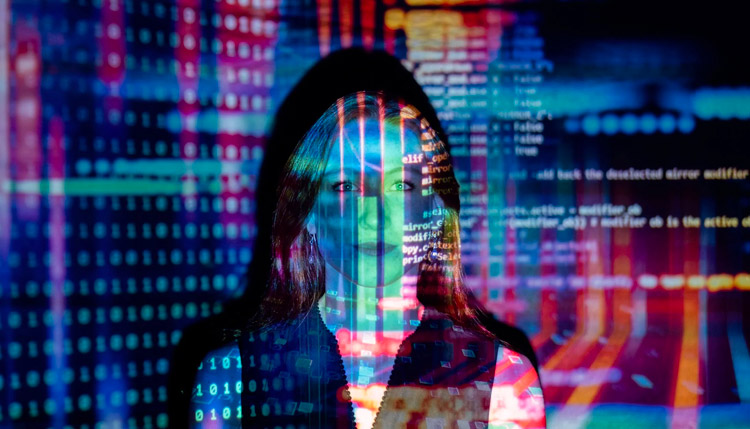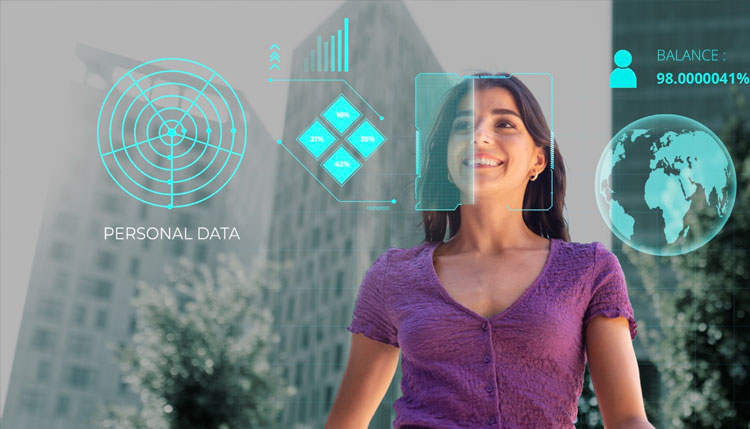
How biometrics help in Law Enforcement?
In 2019, a middle-aged man was caught at the Washington Dulles International Airport for carrying a false French passport. The airport authorities used facial recognition, compared his data with an already present database and found out that he came from Republic of Congo, not France. This is a tiny yet magnificent example of how biometrics can be used to enforce law. Before we go into the depths of the topic, let’s first enlighten ourselves about what biometrics actually is. Biometrics include certain unique biological identifiers of individuals.
Different biometric data such as Fingerprints, DNA, Voice, and Facial are collectively stored in a database and can be easily used to fetch any comparison when necessary.
Fingerprints:
In the AFIS (Automated Fingerprint Identification System), fingerprints of individuals can be stored for identification and verification. This is generally found in most of the government and private offices to keep a track of the employee activity. AFIS is employed in various banks and sensitive areas like the airport as one of the many methods to check the credibility of the concerned individuals with the swipe of a finger. As every individual has his own version of the human fingerprint, it is practically difficult to cheat. Also, via the modern image enhancement technologies, finding fingerprint evidences from a crime scene and solving crimes is now easier.
Facial:
In a facial recognition system, our face becomes the key to allow or deny us access to a system. This feature is widely used in several organisations as well as by the crime branch authorities to keep a record of the criminals and terrorists.
Voice:
Reporting and documentation are vital parts of enforcement of law, speech recognition technology (SRT) aids in that process well.
DNA:
From a few cell samples, DNA profiling can be done using the markers in a person’s chromosomes. This DNA profiling can in turn be used in forensics to identify a suspect.
We have come a long way from physically verifying identity of an individual to depending on multiple types of biometrics for the same. For example, India’s Aadhar Verification involves iris scan, fingerprints from all ten fingers and facial recognition. Biometrics is convenient, technology driven with scope for improvement, difficult to duplicate and an efficient means for law enforcement. In the modern times, it has proved to be a boon in solving criminal cases like murders, sexual offences and child exploitation. Providing justice to the innocent; preventing identity theft and fraud; and strengthening the law enforcement network while decreasing our reliability on lettered passwords.
For more details, please visit www.trueid.in or write to us at info@trueid.in











